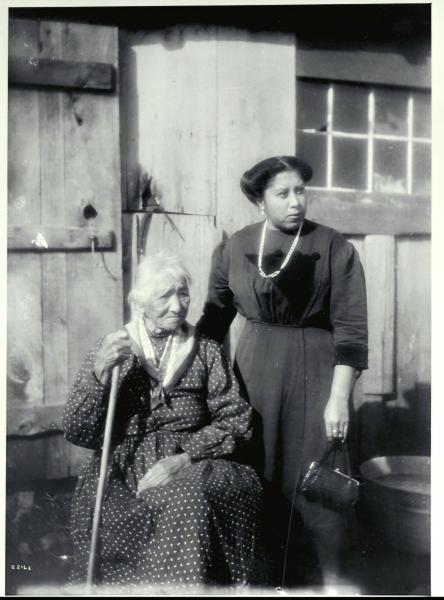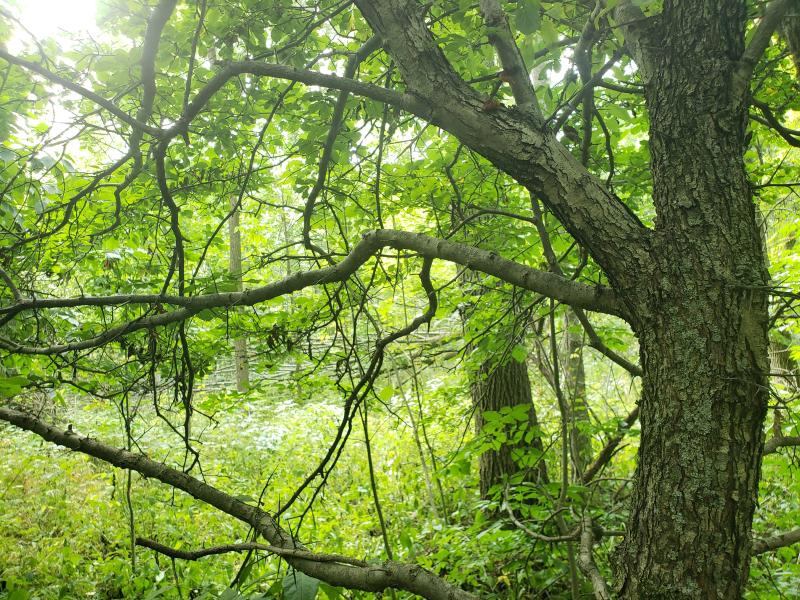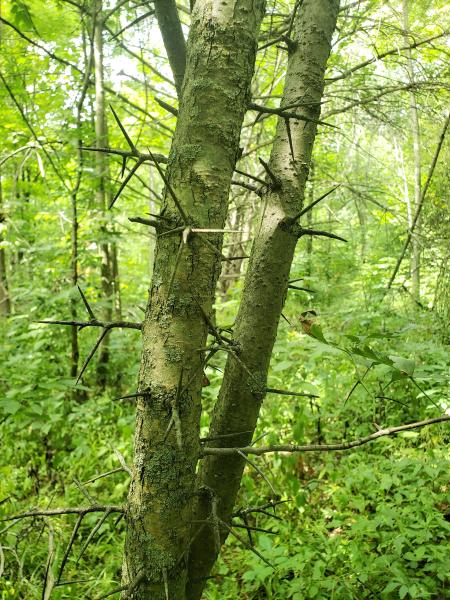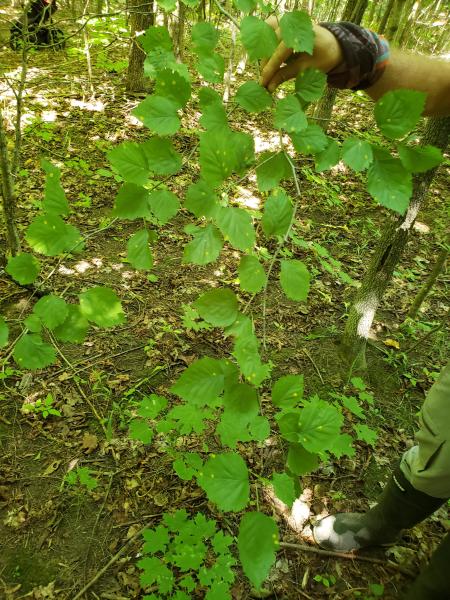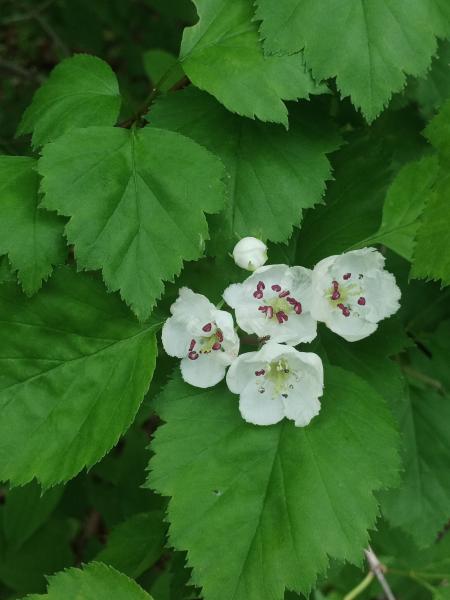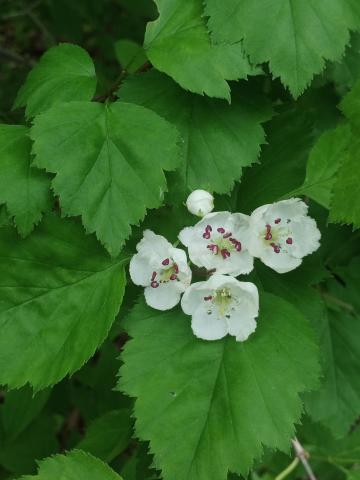
Names and Their Meanings
Downy Hawthorn - Crataegus mollis
Québec Hawthorn - Crataegus submollis
Downy Hawthorn
Description
Frederick Wilkerson Waugh recorded “haws” (the fruit of Hawthorns) being eaten as food at Six Nations of the Grand River in 1912. Other uses are as medicine: the fruit of all species of Hawthorns (whose taxonomy is notoriously challenging due to their ability to hybridize) are used for heart medicine. Herbalists and medicine people will discuss how different species from different locations may have slightly different effects on the heart, but overall it is a regulator – both ways. It also has a spiritual quality for healing broken hearts, grief, and protecting vulnerable people. Hawthorn has also been used to make snowsnakes and mudcats because its wood is very dense.
Conservation Status
No status rank
Québec Hawthorn
Conservation Status
In Ontario No Status rank; in Québec and New York S3 (Vulnerable)
